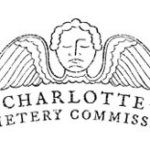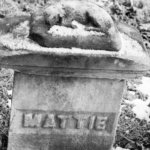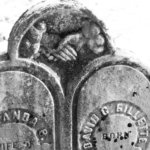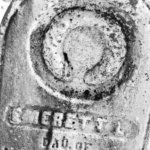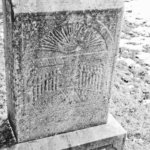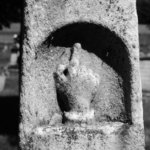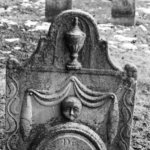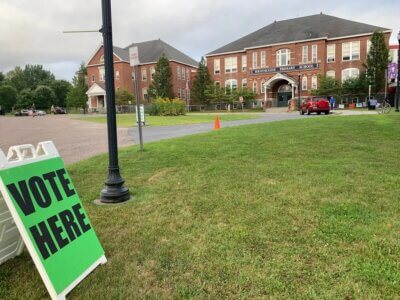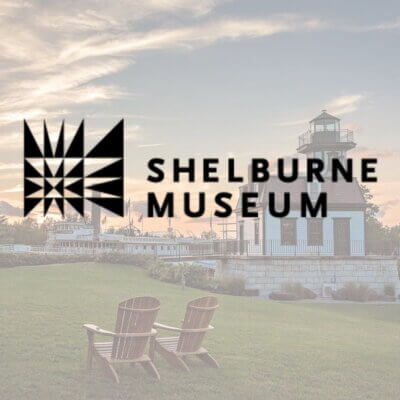The secret language of cemeteries
Charlotte’s historic cemeteries have a lot to offer the living. The gravestones celebrate our history, and their carvings are a form of art, rich with beauty and mystery. It’s worth considering that, for humble 18th- and 19th-century farmers, these stones were likely the only available public art.
Gravestone symbols, however, can be more than art, telling us something of the deceased and his or her family. Whether the symbols are simply decorative or convey a message may never be known, but the engravings are thought to reflect religious beliefs, occupations and personal interests.
The following are some of the many symbols (and their likely meanings) found in Charlotte’s historic cemeteries:
- Arches and clasped hands can symbolize the unity of marriage and being reunited with a partner in heaven.
- Weeping willows and urns are symbols borrowed from the ancient Greeks. Urns were used by the Greeks to store the ashes of the dead, while the willow symbolizes mourning and grief.
- The lamb represents innocence and usually designates a child’s grave.
- An open gate can indicate the passage from earth to heaven.
- A finger pointing up shows the pathway to heaven.
- A laurel wreath could signify victory in death or might represent evergreen memory of the deceased.
The new logo of the Charlotte Cemetery Commission incorporates a gravestone engraving.
Chris Falk is a member of the Charlotte Cemetery Commission, an all-volunteer organization working to maintain and restore the community’s graveyards. If you have questions, would like to volunteer or donate, contact members of the commission through Town Hall.
Related Stories
Popular Stories
If you enjoy The Charlotte News, please consider making a donation. Your gift will help us produce more stories like this. The majority of our budget comes from charitable contributions. Your gift helps sustain The Charlotte News, keeping it a free service for everyone in town. Thank you.
Andrew Zehner, Board Chair




